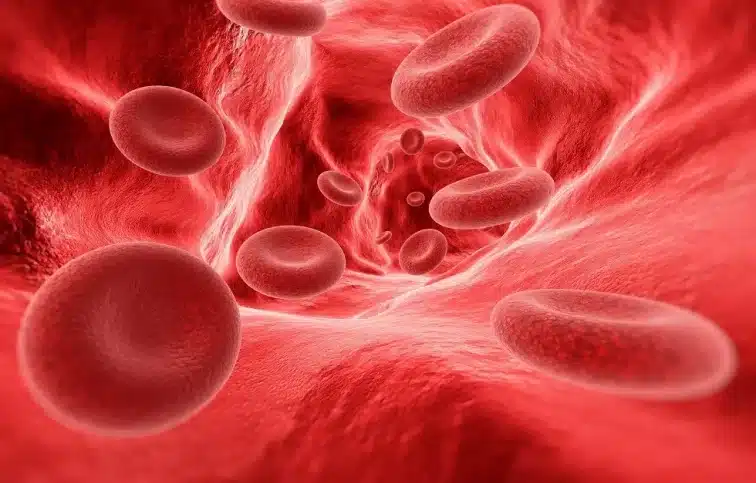Fighting COVID-19 with plasma therapy – Is it really that simple?
It’s logic is so simple and so intuitively appealing that it seems almost lifesaving.
When a body is attacked by a virus, it produces antibodies to ward off the infection. That is Immunology 101.
If the human body produces antibodies, why not draw them out from a recovered person and transfuse it into an infected person to treat the infection?
Simple, right?
Well, not really.
The idea is neither novel nor absurd. We have done it several times before. We pluck an egg from a female body, draw sperm from a male body, deposit both into a third body and, lo, we have pregnancy. Technically, surrogacy.
Of course, convalescent plasma therapy (CPT) is not surrogacy. But we have used CPT before. Both before and after the advent of antibiotics or antimicrobial agents. Way back in 1890, against diphtheria, for which Behring received the Nobel prize in 1901. We have continued using it later as well (during Spanish flu, severe acute respiratory syndrome, MERS, Ebola, H1N1 influenza pandemic). So, why not in this pandemic?
We did try, initially. The few early studies, done mostly in China with very small samples (10 and less) showed encouraging results. When patients received CPT, a study from Wuhan, China reported no death. Other studies reported that ‘all patients showed radiological and symptomatic improvement’. Still others showed that CPT cleared the virus in all the patients. One of the studies, however, showed that 5 out 6 patients died despite receiving the CPT.
At about the same time, in June 2020, Delhi’s health minister Satyendar Jain recovering from COVID 19 said, ‘plasma therapy saved my life’. He even pledged to donate his plasma. Tabrej Khan, a Delhi resident who recovered from COVID donated plasma 6 times in a short span of about three months. Not unsurprisingly, the Delhi government opened the first plasma bank in the country. Other states such as Tamil Nadu, Maharashtra, Karnataka and Uttar Pradesh soon followed. By November 2020, according to Pharmabiz.com there were around 60 blood banks offering CPT in the country.
It was too good to last. Science soon caught up with faith. In less than 6 months, a series of large-scale randomised studies showed that what is good for the goose isn’t necessarily good for the gander. In November 2020, the ICMR waived the red flag. It’s PLACID trial concluded that ‘CPT did not lead to reduction in progression to severe Covid 19’. It advised against indiscriminate use of CPT.
By January 2021, three international studies reinforced ICMR’s conclusion. An open-label1, multi-center, randomised trial CONCOR1 stopped further enrolment of participants when the interim results showed it had ‘met the predefined threshold of futility’ — meaning the study was unlikely to demonstrate the benefit of convalescent plasma even if more patients were enrolled.
The results of the second study, the Randomized, embedded, Multi-factorial, Adaptive Platform Trial for Community-acquired Pneumonia (REMAP-CAP) indicated that convalescent plasma was unlikely to be of benefit for patients with COVID-19 who require organ support in an intensive care unit.
Finally, the RECOVERY Collaborative Group in the UK reinforced what the CONCOR1 and REMAP-CAP had established. It too halted prematurely because it saw “no convincing evidence that further recruitment would provide conclusive proof of worthwhile mortality benefit either overall or in any pre-specified subgroup.”
A few days later, in May 2021, the AIIMS-ICMR Covid-19 National Task Force and the Health Ministry indicated that convalescent plasma offers no therapeutic benefits to Covid patients. India removed CPT from Covid treatment protocol.
In simple terms, the Indian and international trials, properly designed and rigorously implemented, showed no evidence of any benefit from convalescence plasma over and above usual care provided to patients.
The CPT story holds three lessons for those who care for patients’ well-being. One, demands for investigational interventions (such as CPT) outside of clinical trials harm the patients. It may even dent the credibility of the clinical trials system. Two, the pandemic has created a situation where many people believe that access to CPT is their best hope when, most often, it is not. Finally, when it comes to science, it is better to let the sane voice of scientists prevail.
Dr Pradeep Krishnatray is former Director, Johns Hopkins Center for Communication Programs, New Delhi
1Clinical trials where both researchers and participants know what treatment is being administered.


















Add Comment